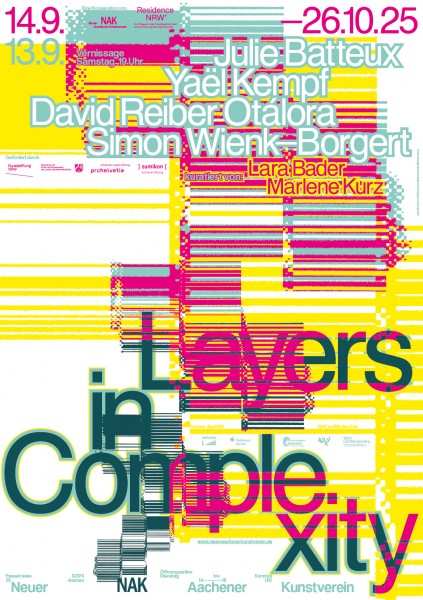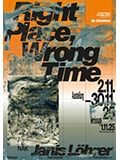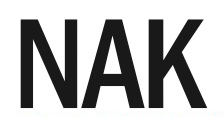
Layers in Complexity
With: Julie Batteux, Yaël Kempf, David Reiber Otálora, Simon Wienk-Borgert
Curated by Lara Bader and Marlene Kurz
NAK Neuer Aachener Kunstverein and the Residence NRW⁺ cordially invite you to the opening of the exhibition Layers in Complexity on Saturday, 13 September 2025, at 7 pm.
From 14 September to 26 October 2025, the artists Julie Batteux, Yaël Kempf, David Reiber Otálora and Simon Wienk-Borgert will present current works created during their one-year scholarship period (2024/2025) at the residency in Münster. The exhibition is curated by Lara Bader and Marlene Kurz, who are curators of the program from April to September 2025. Every year, the NRW⁺ residency brings together a juried, diverse group of artists and curators – with different backgrounds and approaches.
The title Layers in Complexity is an invitation by the two curators to explore the exhibited works through the idea of layers. Layering thrives on the plurality of individual elements and their relationships to one another – a quality evident not only within the individual works, but also in the nature of the fellowship programme. In the works, which range from figurative paintings, photographs, installations, sculptures and collages to video, layering emerges as conceptual, material, temporal and content-related strategies. Reflecting on layering can reveal the complexity of the works, their processes of creation as well as thematic intersections.
The artists explore material layers – such as layers of posters in the sculptures of Yaël Kempf, glazed layers of paint in the works of Julie Batteux, and paper collages by David Reiber Otálora - to layers of different logics in the works of Simon Wienk-Borgert. Engaging with multiple metaphorical layers through their motifs, the works open up complex art-historical references, personal memories, and connections between material, spaces and time, both within each work and in dialog with one another.
The exhibition is part of Residence NRW⁺, a fellowship programme for artists and curators. Residence NRW⁺ is a program of the Kunsthalle Münster, an institution of the City of Münster. www.residencenrw.de
A cooperation of:

Supported by:
NAK is a member of these networks:



